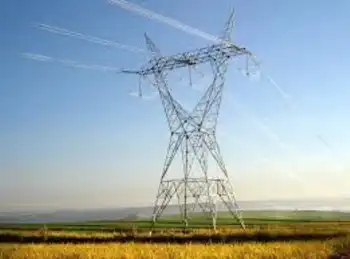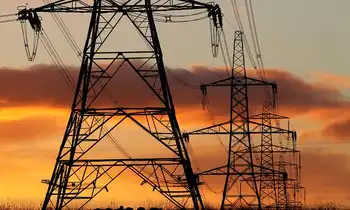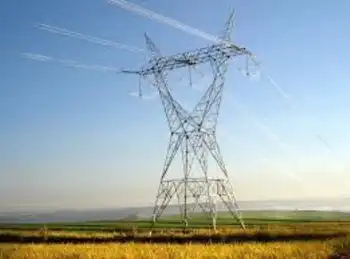Coal by the numbers
By CBC News
NFPA 70b Training - Electrical Maintenance
Our customized live online or in‑person group training can be delivered to your staff at your location.

- Live Online
- 12 hours Instructor-led
- Group Training Available
Today, coal continues to be a valued resource used to generate electricity and in steel and cement production. Here is a bythenumbers look at the coal industry in Canada and around the world.
A combustible rock composed of carbon, oxygen, hydrogen and sulphur, coal is used around the globe as a source of energy. It is used to generate about 39 per cent of the worlds electricity.
More than half of Canadas coal production is used to generate electricity within the country, according to Natural Resources Canada.
Canada produces 65 million to 75 million tonnes of coal annually — thats enough to fill the Rogers Centre in Toronto every week for one year, according to the Coal Association of Canada.
Canadas first coal mine opened in 1639 at Grand Lake, New Brunswick.
At the end of 2007, there were 22 coal mines operating in Canada. In the same year, Canada exported about 31 million tonnes of coal worth $2.9 billion.
There are about 8.7 billion tonnes of known coal resources in Canada — enough to last for about 100 years. Natural Resources Canada estimates there are another 190 billion tonnes of coal reserves in unexplored areas. Globally, there are about 984 billion tonnes of proven coal reserves, according to the World Coal Institute, a UKbased industry group.
Coal production dipped 2.3 per cent in 2008 from the previous year, owing to weaker demand from the electric utilities and the manufacturing sector, according to Statistics Canada.
About 64 per cent of steel production is reliant on coalpowered blast furnaces, according to the World Coal Institute.
Approximately 7 million people around the world work in the coal industry, according to the World Coal Institute. Of this total, 90 per cent of the workers live in developing countries.
The top five producers of coal are China, the U.S., India, Australia and South Africa. By 2030, global coal production is expected to reach 7 billion tonnes, according to the World Coal Institute.
Asia currently consumes 54 per cent of the total global output of coal. Countries including Japan, China, and Korea import steam coal to supplement their natural energy resources.
Canadas worst coal mining disaster struck on June 19, 1914 in Hillcrest, Alta., when an explosion killed 189 men.
424 workers died in the coal mines at Springhill, N.S., in the years ranging from 1881 to 1969. The most recent Canadian coal mining disaster occurred on May 9, 1992, at the Westray mine near Plymouth, N.S. A methane gas explosion in the mine caused the deaths of 26 workers.
The United States suffered its deadliest mining tragedy in 1907 when an explosion killed 362 people working at a Monongah, W. Va., mine.











